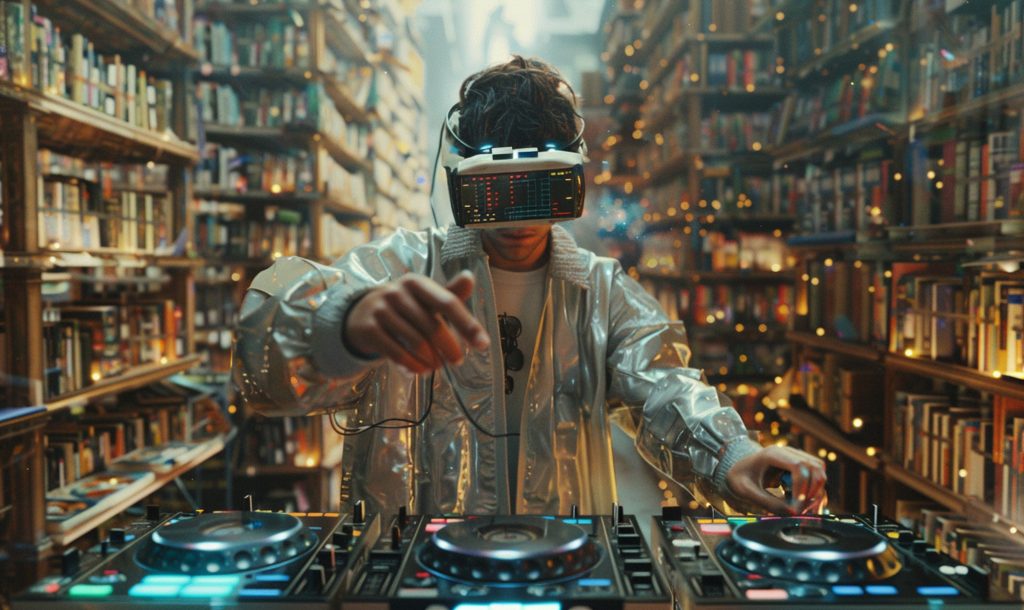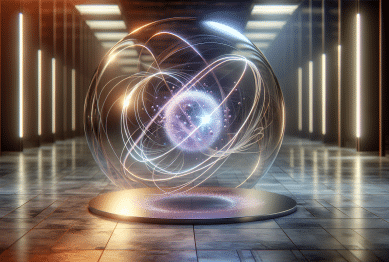In an era shaped by streaming services, social media, and algorithmic feeds, a quiet yet deliberate shift is taking place. A growing number of people are turning away from screens in their free time and embracing hands-on, analog hobbies. Whether it’s journaling, film photography, woodworking, or vinyl collecting, these analog pursuits offer something digital life often lacks: a tangible, focused experience. This trend—the return of analog hobbies in a digital world—isn’t about nostalgia. It’s about reclaiming agency, focus, and a deeper sense of satisfaction.
As digital saturation reaches new heights, analog hobbies are gaining renewed relevance, particularly among Gen Z and millennials. They offer respite from constant notifications and a path back to creativity and mindfulness.

1. Why Analog Is Making a Comeback
The rise in analog hobbies is largely a response to digital fatigue. According to a 2023 Pew Research Center report, 72% adults say they feel overwhelmed by the amount of screen time in their daily lives. In parallel, the American Psychological Association notes a spike in anxiety and burnout linked to constant connectivity.
People are seeking hobbies that don’t require apps, updates, or Wi-Fi. Analog hobbies, by contrast, encourage presence, patience, and skill-building. They also restore a sense of progress—something easily lost in the endless scroll.
Key Drivers of the Trend:
-
Digital Overload: Increased screen time during and after the pandemic led to a collective craving for balance.
-
Desire for Tactile Engagement: Physical interaction with materials—paper, wood, fabric—activates different cognitive responses than digital interactions.
-
Mental Health Awareness: Many analog hobbies offer therapeutic benefits, such as reduced anxiety and improved mood.
2. Popular Analog Hobbies in 2025
A growing range of analog hobbies has caught the attention of digital natives, lifestyle brands, and researchers alike. These activities don’t just entertain—they help people reset cognitively and emotionally.
a) Film Photography
Despite smartphones with advanced cameras, film photography has surged in popularity. According to Kodak Alaris, global demand for 35mm film rose by over 30% between 2022 and 2024. Young photographers are attracted not only to the aesthetic but also the delayed gratification and intention behind each shot.
b) Vinyl Records
The Recording Industry Association of America (RIAA) reported that vinyl outsold CDs for the third consecutive year in 2024. Collecting and playing records has become a ritual—one that fosters deep listening and appreciation of music as art.
c) Handwriting and Journaling
Stationery sales are booming, particularly in markets like Japan, Germany, and the United States. Bullet journaling and calligraphy are also rising. Writing by hand has been linked to stronger memory retention and emotional processing, according to a 2023 Harvard Health Publishing brief.
d) Puzzles, Knitting, and Woodworking
These hobbies offer meditative structure and visible progress. They are especially appealing to people looking to reduce anxiety or improve attention spans. During the pandemic, puzzle sales quadrupled globally, and the market remains strong in 2025.
3. The Science Behind Analog Satisfaction
There’s a growing body of research on the benefits of analog hobbies. Studies show that tasks involving physical tools and manual repetition activate different parts of the brain than digital tasks. The result: better mood regulation, reduced mental fatigue, and increased focus.
Key Research Insights:
-
A 2022 Journal of Occupational Therapy study found that people who regularly engage in tactile, repetitive hobbies experience lower levels of cortisol, the stress hormone.
-
According to Frontiers in Psychology, analog activities stimulate the prefrontal cortex, which governs decision-making, empathy, and emotional regulation.
-
The University of Tokyo conducted a longitudinal study in 2023 showing that handwriting improves cognitive resilience in older adults more effectively than typing.
These findings explain why analog hobbies are more than pastimes—they’re mental wellness tools.
4. Analog and Digital Aren’t Opposites
It’s tempting to frame the rise of analog hobbies as a rejection of technology, but that misses the nuance. Many enthusiasts use digital platforms to share analog creations—film photographers post scans to Instagram, knitters share patterns on Pinterest, journaling communities thrive on Reddit.
This hybrid behavior illustrates a deeper truth: people want balance. The digital world is a tool, not a default. Analog hobbies restore a sense of groundedness that technology, by its nature, cannot provide.
5. How Educators and Designers Are Responding
The analog trend isn’t confined to personal hobbyists. Schools, tech companies, and product designers are rethinking how they engage users.
Education
-
Schools are reintroducing cursive writing, hands-on lab experiments, and analog drawing in classrooms to foster deeper learning and reduce screen fatigue.
-
Libraries now offer “Analog Zones” with typewriters, vinyl players, and crafting spaces.
Product Design
-
Consumer tech brands are releasing hybrid tools: e-ink notebooks, minimalist phones, and mechanical keyboards that mimic the feel of analog devices.
-
Startups like Freewrite and reMarkable market distraction-free digital tools designed to replicate analog focus.
6. A Countercultural Movement with Staying Power
The return to analog is not a temporary retreat—it’s a recalibration. As AI, smart homes, and metaverses become more integrated into everyday life, analog hobbies provide contrast. They help people remain creative and centered amid rapid technological acceleration.
This shift also reflects broader cultural values:
-
Slowness Over Speed: Analog hobbies often reward patience, depth, and craftsmanship.
-
Imperfection Over Polished Output: There’s value in the flawed, the handmade, the in-process.
-
Presence Over Performance: Activities are done for their own sake, not to gain likes or followers.
Rather than rejecting the digital, this movement demands that technology coexist with human needs—not replace them.
7. Getting Started with an Analog Hobby
For readers looking to explore this shift, starting small can lead to big changes in mindset and wellbeing.
Beginner-Friendly Analog Hobbies:
-
Journaling – Start with a 10-minute daily free-write.
-
Film Photography – Buy a used 35mm camera and a roll of film.
-
Vinyl Collecting – Begin with one classic album that’s meaningful to you.
-
Puzzles or Crosswords – Choose themes that relax rather than frustrate.
-
Drawing or Watercolor – No talent required, just paper and a pencil.
Most importantly, these activities do not require perfection—they require presence.
Conclusion
The return of analog hobbies in a digital world highlights a growing desire for simplicity, depth, and hands-on engagement. As we navigate an increasingly fast-paced and hyper-connected society, these hobbies remind us of something fundamental: that not all progress comes from speed, and not all fulfillment comes from efficiency.
Analog hobbies aren’t a step back. They’re a strategic step sideways—away from the noise and toward something more deliberate. As this trend continues, it’s not just changing how we spend time—it’s reshaping how we value time itself.
Reference
- Digital Fatigue & Screen Time Health Professionals For Safer Screens
- Teens report feeling happier without their phones — Pew Research Center
- RIAA – Vinyl growth and music consumption stats – https://www.riaa.com









